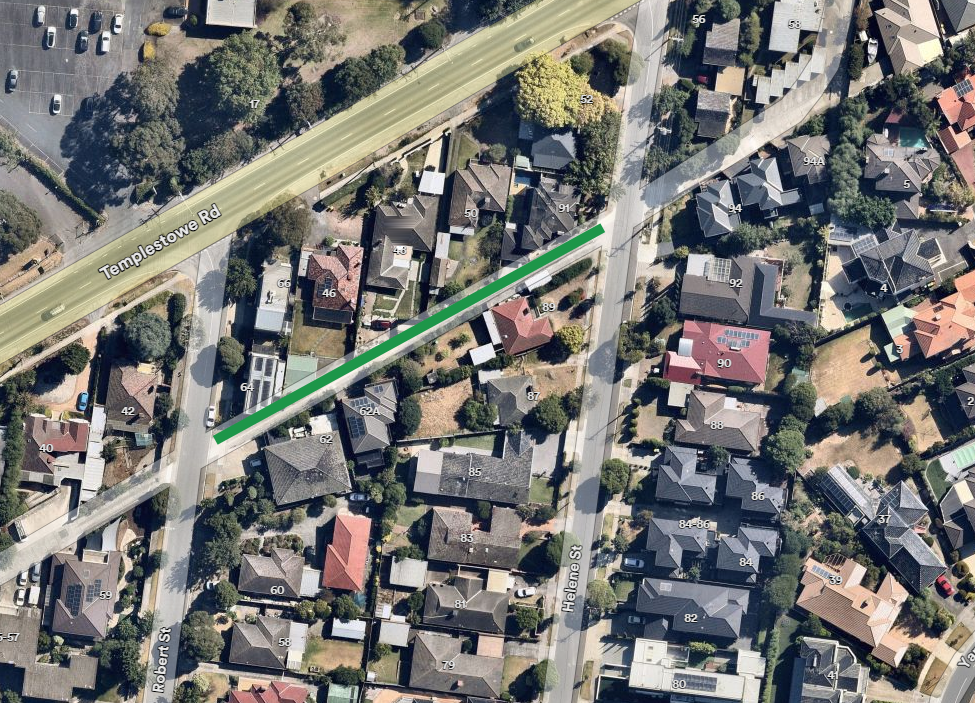The Tasmanian Parks and Wildlife Service remains focused on a strategy of early detection and rapid response as the State moves into the summer fire season.
All possible steps are being taken to ensure the PWS maintain capability to respond to fires on the three million hectares of Tasmanian reserve land the service manages.
Minister for Parks, Nick Duigan, said that with drier El Nino conditions declared for the early summer period, the number one priority is ensuring staff are prepared and ready to respond quickly and safely to fire incidents.
“Recent bushfires on the East Coast are a stark reminder of how quickly Tasmanian communities can be impacted by natural disasters and the need for early intervention to keep fires small. This is why we have provided further investment to fund the Winch Program for coming years to maintain and enhance this capability,” Minister Duigan said.
“The Tasmanian Government Radio Network (TasGRN) is now operational and being utilised for PWS incidents, and a new Forward Command Trailer has been added to the PWS firefighting arsenal, enhancing its ability to support fire teams in remote locations, improve the flow of communication between teams while also supporting aviation safety.
“The Forward Command Trailer was actively deployed and put through its paces at the recent Friendly Beaches fire and was able to share and transmit critical information from the field about fire locations, status, and on ground conditions.
“This investment in early detection and quick response has driven technological advances around satellite detection and ground-based camera detection, and the PWS has worked with a local IT company to develop a deployable camera and weather station units for fire detection and response.
“This state-of-the-art equipment, named ‘Remote Engineered Camera Communications – Evolution’ (RECCE), was designed by PWS engineers and weighs less than 800kg, allowing the unit to be slung into place by a small helicopter and be pre-positioned in remote areas.
“These units can be used to continuously survey the landscape post dry lightning events for smoke detection. The aim is to minimise overall bushfire impacts by early detection of fires, allowing the possibility of early extinguishment while fires are small.
Minister Duigan said the RECCE units can also be deployed retrospectively to active incidents to provide live video feed and weather and improved situational awareness to enhance safety for responders and incident management teams.
“The Rockliff Liberal Government continues to invest in our first responders and is working with local contractors to construct RECCE-2 and RECCE-3 to create a collaborative network of early detection technologies across the Tasmanian landscape.”







